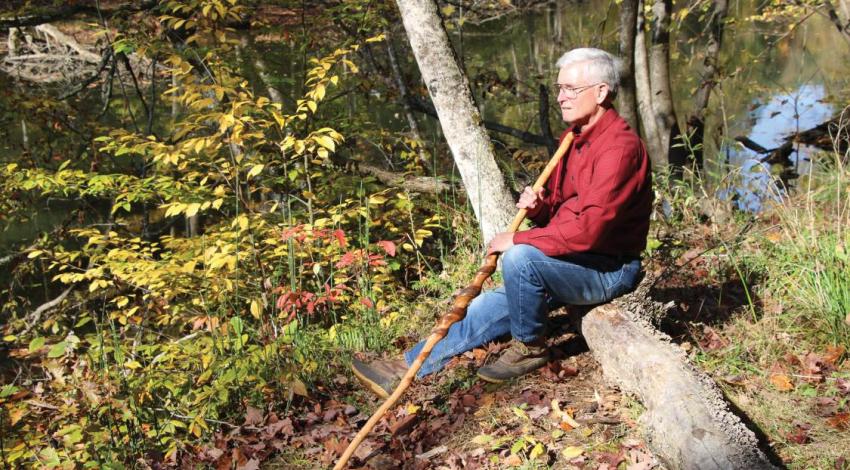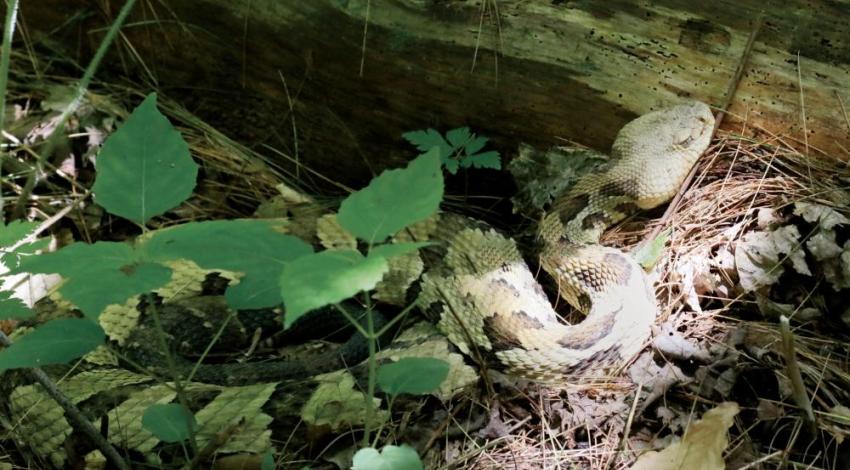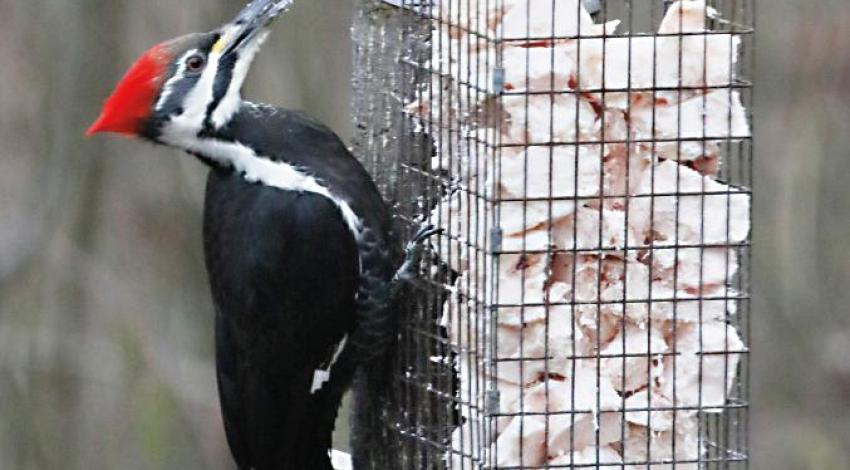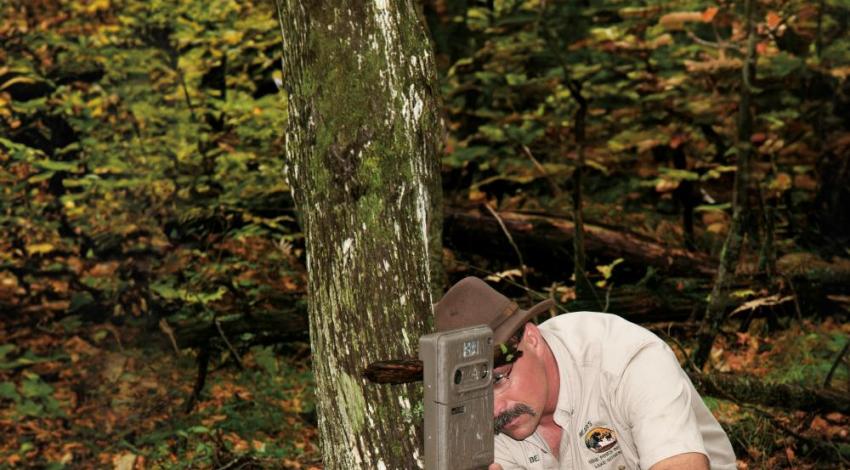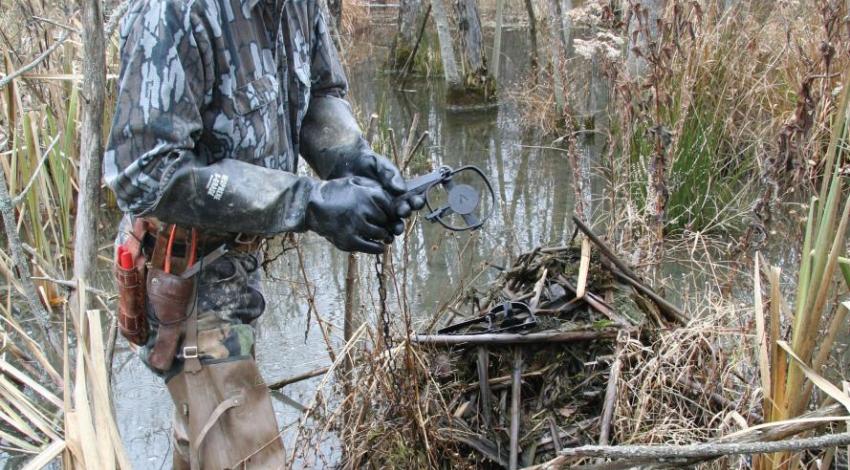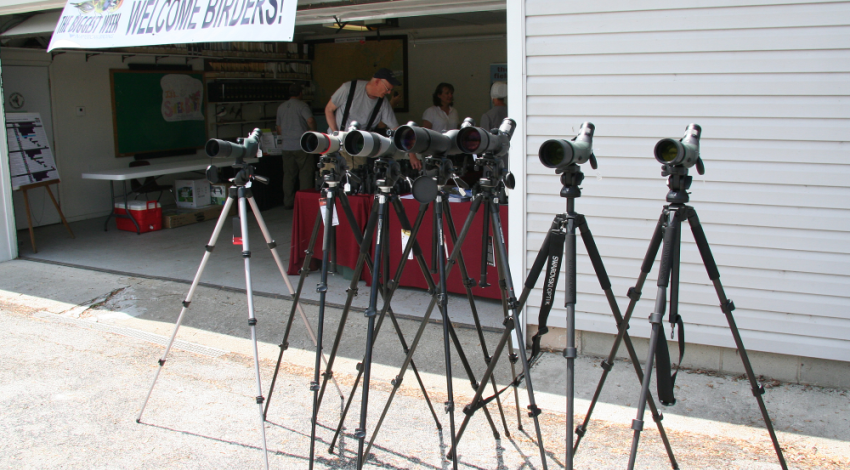A multitude of boaters, anglers, swimmers, vacationers, sun-chasers, and thrill-seekers flocks to Lake Erie each summer. Most of them will have no idea of the activity taking place far beneath those waters.
The entrance to one of the mines, operated by Cargill, Inc., is just offshore from downtown Cleveland on Whiskey Island (so named when a distillery was built on the site in the 1830s). The second mine, operated by Morton Salt, is 30 miles farther east along the lakeshore at Fairport Harbor. The property and mineral rights under the lake are owned by the State of Ohio, but the mineral rights are leased to the two operators.

